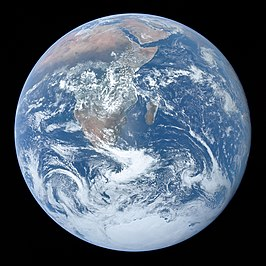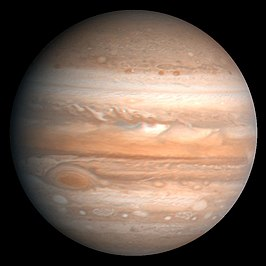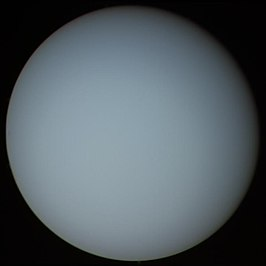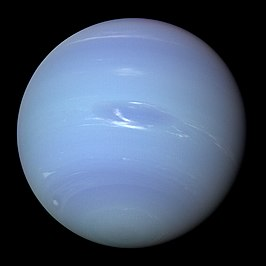Planets (geography)
The planets and their characteristics
- Mercury
- Venus
- Earth
- Mars
- Jupiter
- Saturn
- Uranus
- Neptune
1) Mercury:
< It is the smallest of the eight planets
< Strong magnetic field 
2) Venus:
< about the same size, mass and composition as Earth.
< Venus has the densest atmosphere of any body in the solar system.
< Due to the high temperature on the surface, liquid water is not possible on Venus

3) Earth:
< It is the largest of the four inner planets in both mass and volume
< The surface of the earth is 71% covered with water in the form of seas and oceans, the rest consists of continents and islands. 
4) Mars:
< Mars is called the red planet but is actually more ocher in color.
< Like the Moon's, the surface is dotted with impact craters in some places 
5) Jupiter:
< Like Saturn, Jupiter is a gas giant, so it does not have a solid surface
< The mass of Jupiter is 2.5 times that of all the other planets of the solar system combined.
< The planet has the strongest magnetic field of any planet in the solar system 
6) Saturn:
< Saturn's atmosphere is over 96% hydrogen gas and just over 3% helium
< a gas giant
< It is the only planet in the solar system with a density less than water.
< rings 
7) Uranus:
< Uranus has the coldest atmosphere in our solar system with a minimum temperature of -224 degrees Celsius
< Uranus' atmosphere is 83% hydrogen, 15% helium, and 2% methane
< Uranus is a gaseous planet with no solid surface 
8) Neptune:
< The core consists of (molten) metal and rock and is surrounded by a mantle of rock, water, ammonia and methane
< blue color
< It is 17 times the mass of Earth 